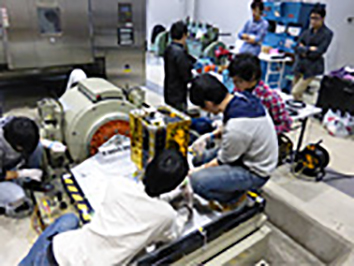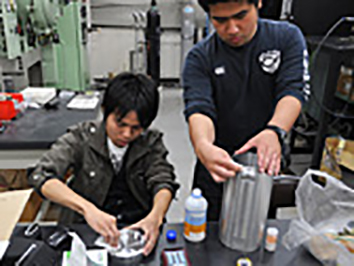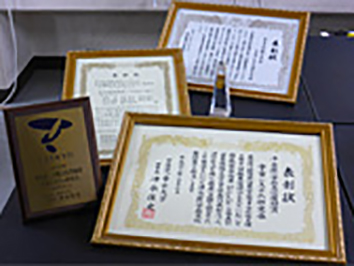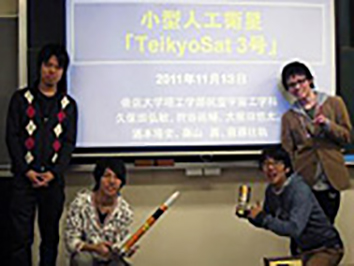
人工衛星『TeikyoSat』開発の歩み


2008年にスタートした「TeikyoSat」プロジェクト。初代「TeikyoSat」は、空き缶大の超小型衛星模型でした。その後、理工学部航空宇宙工学科教授 久保田弘敏(当時)の呼びかけで、工学系クラブ「宇宙システム研究会」が発足。2010年には「第18回衛星設計コンテスト」で日本機械学会賞を受賞、2011年にはJAXAが打ち上げるH2Aロケットに相乗りが決定するなど、一歩ずつ着実に前進してきました。2014年2月、5年の歳月をかけて宇宙に打ち上がった「TeikyoSat-3」は、地上400kmの上空を飛行し、約3カ月にわたって衛星を運用維持・管理するために必要なHKデータを送信し続けましたが、地球からの電波を受信できず微生物観察のミッションを完遂することはできませんでした。「TeikyoSat-3」の開発・運用で得たデータをもとに後継機として開発を進めた「TeikyoSat-4」は、2021年11月、JAXAのイプシロンロケット5号機に相乗りし宇宙に打ち上げられました。
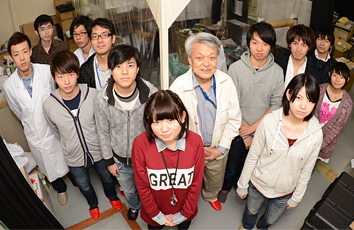
理工学部航空宇宙工学科准教授 河村政昭が率いる工学系クラブ「宇宙システム研究会」。「学生が自らの手で衛星を作って打ち上げることで、科学の力を認識してほしい」という久保田教授の想いから2009年に誕生しました。何もわからないところから、学内外の研究室を訪ねてノウハウを学んだり、県内の企業の協力を得たりと、一つずつ課題を乗り越えてきました。
| 2008年度 |
|
|---|---|
| 2009年度 |
|
| 2010年度 |
|
| 2011年度 |
|
| 2012年度 |
|
| 2013年度 |
|
| 2015年度 |
|
| 2017年度 |
|
| 2018年度 |
|
| 2019年度 |
|
| 2020年度 |
|
| 2021年度 |
|
